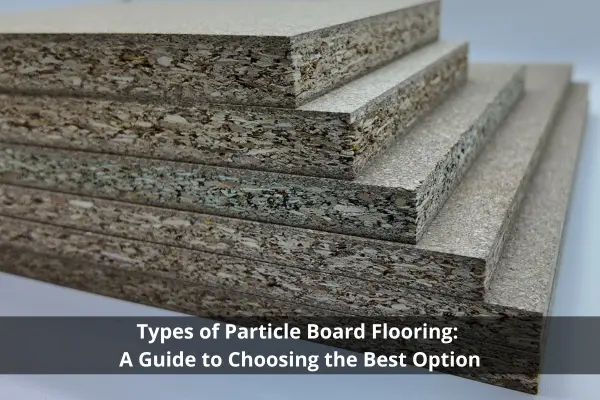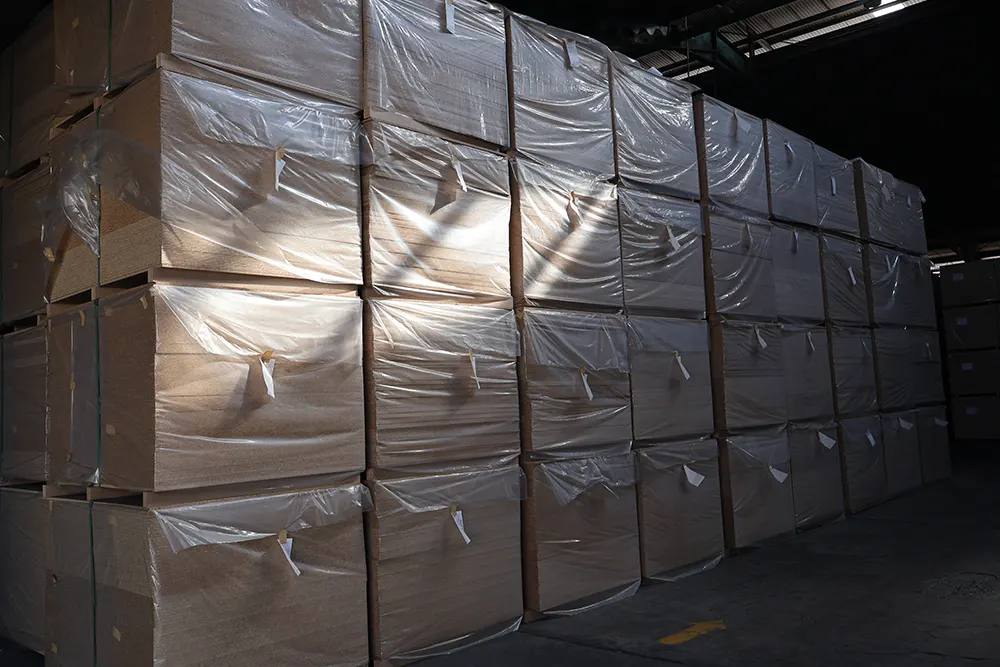Types of particle board flooring vary based on composition, density, and usage. Particle board is a popular material for subflooring, underlayment, and low-cost flooring solutions. It is made from wood chips, sawdust, and resin that are compressed into sheets. This article explores the different types of particle board flooring, their benefits, and tips for choosing the right one for your needs.
Table of Contents
What is Particle Board Flooring?
Particle board flooring is a wood-based material used in construction and interior design. It serves as a cost-effective alternative to plywood and MDF (Medium-Density Fiberboard). While it is not as strong as plywood, it is widely used in flooring applications due to its smooth surface and affordability.
Key Characteristics of Particle Board Flooring:
- Lightweight and easy to install
- Affordable compared to plywood or solid wood
- Smooth surface, ideal for laminate or carpet flooring
- Prone to moisture damage if not properly sealed
Types of Particle Board Flooring
There are different types of particle board flooring designed for specific applications. Below are the most common types:
1. Standard Particle Board Flooring
Manufacturers make standard particle board by compressing wood chips and resin into sheets. People commonly use it for temporary flooring, furniture, and subfloors in low-moisture areas.
2. Moisture-Resistant Particle Board
Manufacturers treat this type of particle board with water-resistant chemicals to enhance its durability in humid environments. Builders and homeowners commonly use it for bathroom and kitchen subfloors where moisture resistance is needed.
3. Fire-Retardant Particle Board
Manufacturers infuse fire-retardant particle board with flame-resistant additives, making it a safer option for public buildings and commercial properties. Builders commonly use it in commercial flooring and fire-sensitive areas.
4. High-Density Particle Board (HDPB)
HDPB is stronger and denser than standard particle board, providing better support and durability. It is often used as structural subflooring in heavy-load areas.
5. Laminated Particle Board Flooring
Laminated particle board features a decorative laminate layer on top, making it aesthetically pleasing and resistant to scratches. It is ideal for residential and commercial spaces with light foot traffic.
Read more: Chipboard vs Cardboard: Key Differences, Benefits, and Uses
The table below summarizes the different types of particle board flooring and their ideal applications:
| Type of Particle Board | Features | Best for Applications |
|---|---|---|
| Standard Particle Board | Affordable, smooth surface | Subflooring, temporary floors |
| Moisture-Resistant | Water-resistant treatment | Kitchen, bathroom subfloors |
| Fire-Retardant | Flame-resistant additives | Public buildings, offices |
| High-Density (HDPB) | Stronger, higher durability | Structural subflooring |
| Laminated Particle Board | Aesthetic laminate layer | Residential, light commercial use |
Advantages of Particle Board Flooring
1. Cost-Effective
Particle board flooring is more affordable than plywood or hardwood, making it an economical choice for budget-conscious projects.
2. Smooth Surface
The fine wood particles create a uniform and smooth surface, ideal for applying laminate, carpet, or vinyl flooring.
3. Easy to Install
Particle board sheets are lightweight and easy to cut, making them simple to install.
4. Environmentally Friendly
Since particle board is made from wood scraps and sawdust, it is a sustainable and eco-friendly option.
How to Choose the Right Particle Board Flooring
Consider the Location
- Use moisture-resistant particle board in humid areas like kitchens and bathrooms.
- Opt for fire-retardant boards in public or commercial spaces.
Think About Durability
- High-density particle board (HDPB) is better for areas with heavy foot traffic.
- Laminated particle board works well in living spaces for a polished look.
Proper Sealing and Finishing
- Apply sealants to prevent water damage.
- Use underlayment when installing particle board beneath carpet or vinyl.
Read more: Is Melamine Chipboard Waterproof?
Conclusion
Types of particle board flooring vary based on their composition and use. From standard particle board for subfloors to moisture-resistant and laminated options for decorative flooring, choosing the right type depends on the location and durability needed. While particle board is an affordable alternative, proper sealing and finishing are crucial to extending its lifespan.
References
- Wood-Based Panel Industry Report, 2024.
- Flooring Material Trends, 2025.
- Guide to Particle Board Applications, 2023.


